Crystal Palace Park
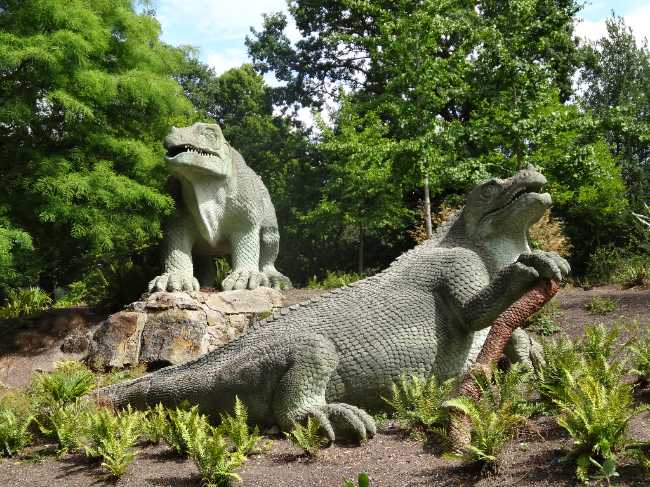
Crystal Palace Park is a historic and expansive green space in southeast London, renowned for its unique blend of Victorian grandeur, cultural heritage, and family-friendly attractions. Originally created in the 1850s to house the relocated Crystal Palace from Hyde Park’s Great Exhibition, the park was designed by Joseph Paxton as a pleasure ground of national significance. Though the palace was tragically destroyed by fire in 1936, the park remains a captivating destination. Its most iconic feature is the collection of Grade I-listed dinosaur sculptures—life-sized models created in the 1850s that represent the earliest attempt to depict prehistoric life. Visitors can also explore landscaped gardens, lakes, a maze, and remnants of a historic motor racing circuit. Today, Crystal Palace Park is undergoing a major £22 million regeneration project, including restoration of the dinosaurs and Italian terraces, and the creation of a new visitor centre and playground2. It continues to serve as a vibrant community hub, blending history, nature, and recreation.
London United KingdomCrystal Palace Park is located in south-east London, in the suburb of Crystal Palace, with its main entrance on Thicket Road, SE19 2GA. This expansive, Grade II* listed park was originally created in the 1850s to house the relocated Crystal Palace after the 1851 Great Exhibition. Today, the park is renowned for its Victorian dinosaur sculptures, large boating lake, Italian terraces, and one of the country’s largest mazes. The National Sports Centre, a major leisure complex with swimming pools and athletics facilities, sits within the park, alongside a children’s farm, playgrounds, and a skatepark. Crystal Palace Park is just a minute’s walk from Crystal Palace Station and also close to Penge West Station, making it easily accessible by train and multiple bus routes. The park offers panoramic views over London from the Norwood Ridge and is surrounded by lively local cafes and shops in the Crystal Palace Triangle. It regularly hosts outdoor events, concerts, and one of London’s largest weekly farmers’ markets, making it a vibrant destination for families, history enthusiasts, and those seeking green space in the city.
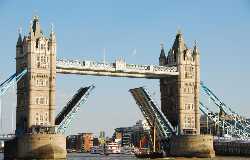 Tower Bridge
London
Tower Bridge
London
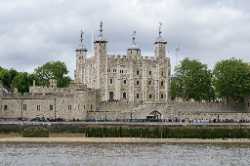 Tower of London
London
Tower of London
London
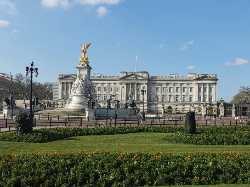 Buckingham Palace
London
Buckingham Palace
London
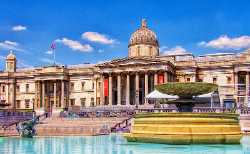 The National Gallery
London
The National Gallery
London
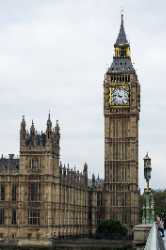 Big Ben
London
Big Ben
London
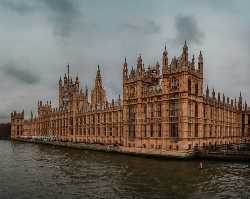 Palace of Westminster
London
Palace of Westminster
London
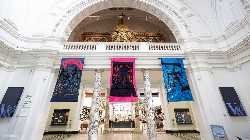 Victoria and Albert Museum
London
Victoria and Albert Museum
London
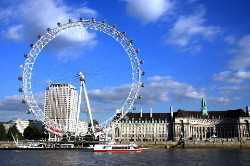 The London Eye
London
The London Eye
London
 Trafalgar Square
London
Trafalgar Square
London
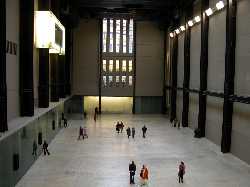 Tate Modern
London
Tate Modern
London
 British Museum
London
British Museum
London
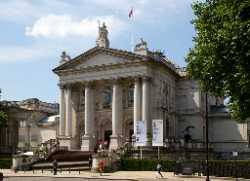 Tate Britain
London
Tate Britain
London
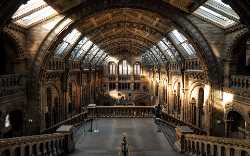 Natural History Museum
London
Natural History Museum
London
 Science Museum
London
Science Museum
London
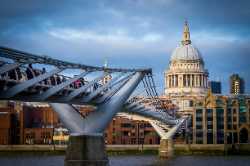 Millennium Bridge
London
Millennium Bridge
London
 St. Paul’s Cathedral
London
St. Paul’s Cathedral
London
 The National Portrait Gallery
London
The National Portrait Gallery
London
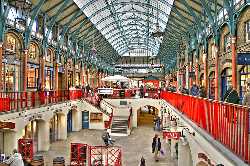 Covent Garden
London
Covent Garden
London
 Royal Opera House
London
Royal Opera House
London
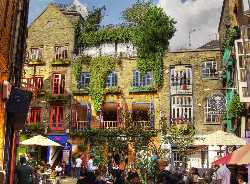 Neal's Yard
London
Neal's Yard
London
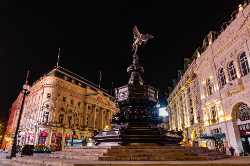 Piccadilly Circus
London
Piccadilly Circus
London
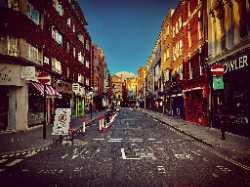 Soho
London
Soho
London
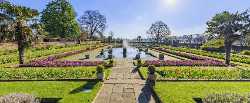 Hyde Park
London
Hyde Park
London
 Regent's Park
London
Regent's Park
London
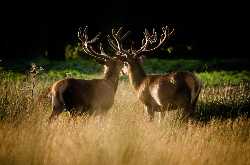 Richmond Park
London
Richmond Park
London
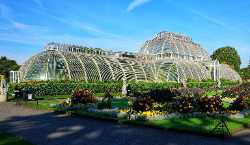 Kew Gardens
London
Kew Gardens
London
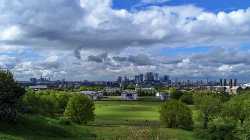 Greenwich Park
London
Greenwich Park
London
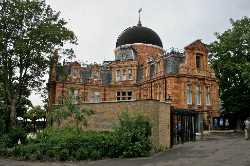 Royal Obervatory Greenwich
London
Royal Obervatory Greenwich
London
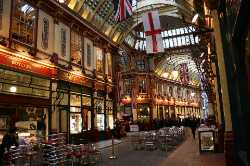 Leadenhall Market
London
Leadenhall Market
London
 Shakespeare’s Globe Theatre
London
Shakespeare’s Globe Theatre
London
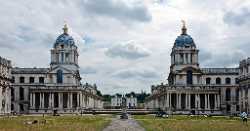 Old Royal Naval College
London
Old Royal Naval College
London
 Borough Market
London
Borough Market
London
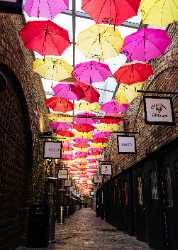 Camden Market
London
Camden Market
London
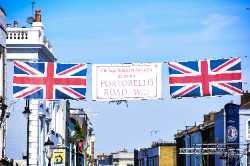 Portobello Road Market
London
Portobello Road Market
London
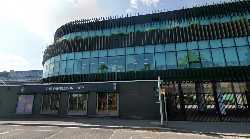 Wimbledon Lawn Tennis Museum
London
Wimbledon Lawn Tennis Museum
London
 Guildhall Art Gallery
London
Guildhall Art Gallery
London
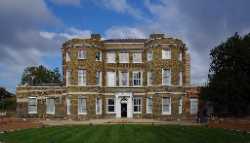 William Morris Gallery
London
William Morris Gallery
London
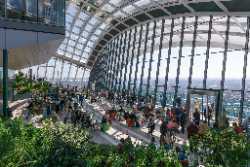 Sky Garden
London
Sky Garden
London
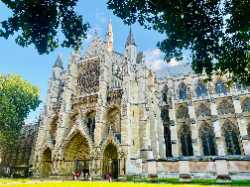 Westminster Abbey
London
Westminster Abbey
London
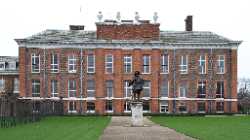 Kensington Palace
London
Kensington Palace
London
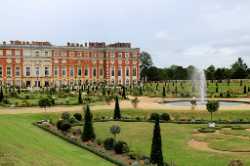 Hampton Court Palace
London
Hampton Court Palace
London
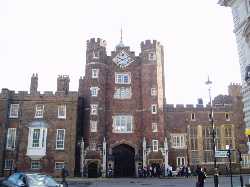 St. James's Palace
London
St. James's Palace
London
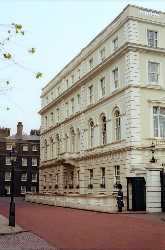 Clarence House
London
Clarence House
London
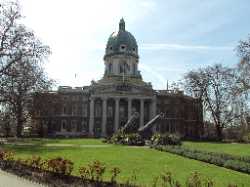 Imperial War Museum
London
Imperial War Museum
London
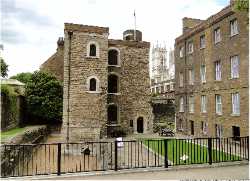 Jewel Tower
London
Jewel Tower
London
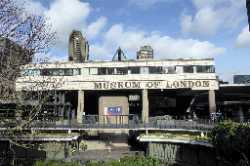 Museum of London
London
Museum of London
London
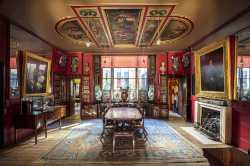 Sir John Soane's Museum
London
Sir John Soane's Museum
London
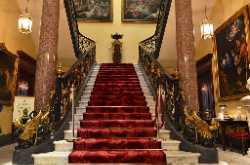 Wallace Collection
London
Wallace Collection
London
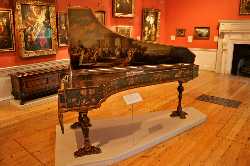 Courtauld Gallery
London
Courtauld Gallery
London
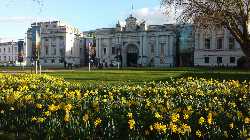 National Maritime Museum
London
National Maritime Museum
London
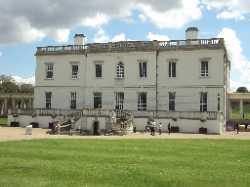 Queen's House
London
Queen's House
London
 BAPS Shri Swaminarayan Mandir London
London
BAPS Shri Swaminarayan Mandir London
London
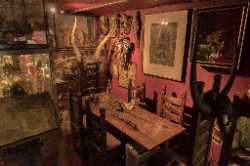 The Viktor Wynd Museum of Curiosities
London
The Viktor Wynd Museum of Curiosities
London
 Design Museum
London
Design Museum
London
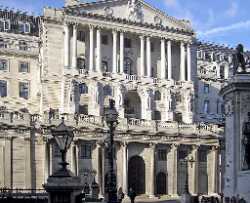 Bank of England Museum
London
Bank of England Museum
London
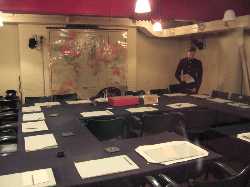 Churchill War Rooms
London
Churchill War Rooms
London
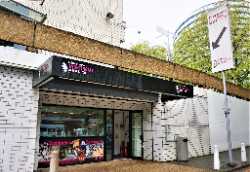 Florence Nightingale Museum
London
Florence Nightingale Museum
London
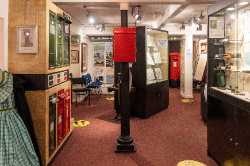 Postal Museum
London
Postal Museum
London
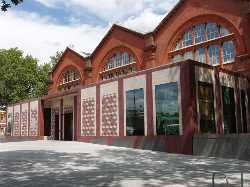 Museum of Childhood
London
Museum of Childhood
London
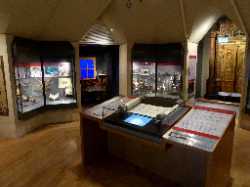 Jewish Museum London
London
Jewish Museum London
London
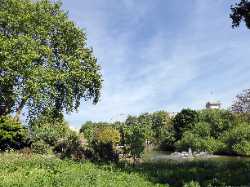 St James's Park
London
St James's Park
London
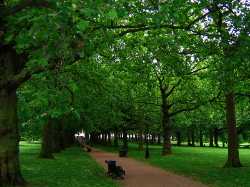 Green Park
London
Green Park
London
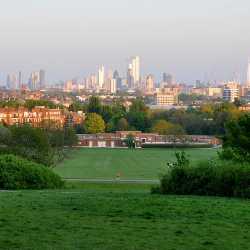 Hampstead Heath
London
Hampstead Heath
London
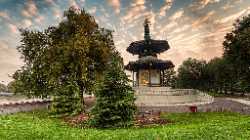 Battersea Park
London
Battersea Park
London
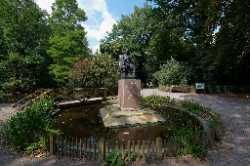 Holland Park
London
Holland Park
London
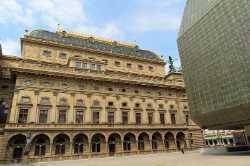 National Theatre
London
National Theatre
London
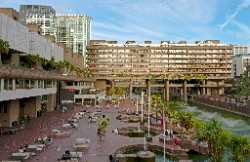 Barbican Centre
London
Barbican Centre
London
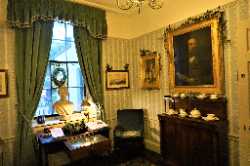 Charles Dickens Museum
London
Charles Dickens Museum
London
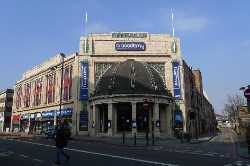 Brixton Academy
London
Brixton Academy
London
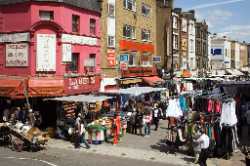 Brick Lane Market
London
Brick Lane Market
London
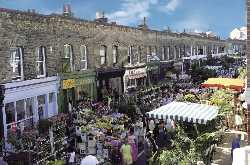 Columbia Road
London
Columbia Road
London
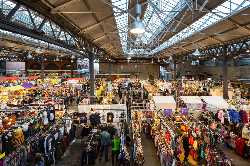 Spitalfields Market
London
Spitalfields Market
London
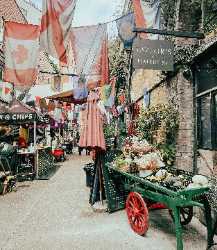 Maltby Street Market
London
Maltby Street Market
London
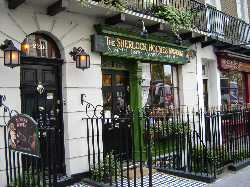 Sherlock Holmes Museum
London
Sherlock Holmes Museum
London
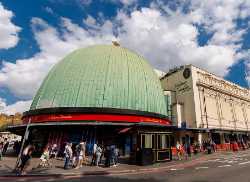 Madame Tussauds London
London
Madame Tussauds London
London
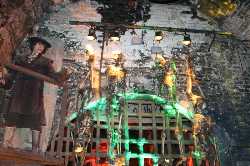 London Dungeon
London
London Dungeon
London
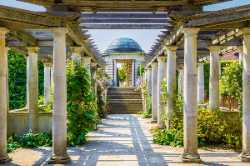 Hampstead Pergola
London
Hampstead Pergola
London
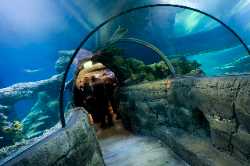 SEA LIFE
London
SEA LIFE
London
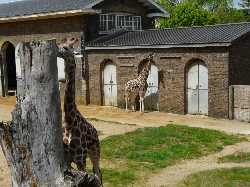 ZSL London Zoo
London
ZSL London Zoo
London
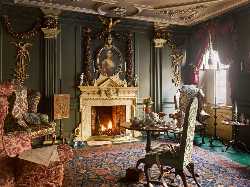 Dennis Severs' House
London
Dennis Severs' House
London
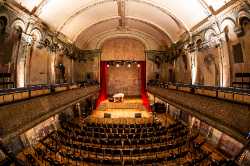 Wilton's Music Hall
London
Wilton's Music Hall
London
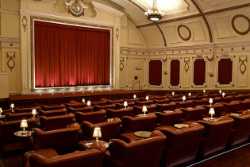 Electric Cinema
London
Electric Cinema
London
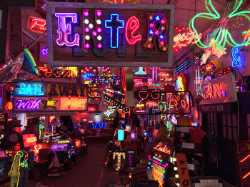 God's Own Junkyard
London
God's Own Junkyard
London
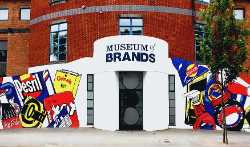 Museum of Brands
London
Museum of Brands
London
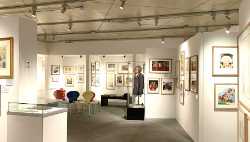 Cartoon Museum
London
Cartoon Museum
London
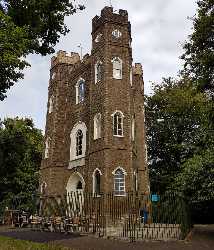 Severndroog Castle
London
Severndroog Castle
London
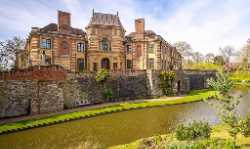 Eltham Palace
London
Eltham Palace
London
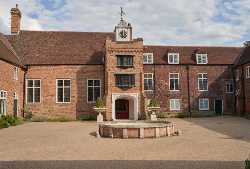 Fulham Palace
London
Fulham Palace
London
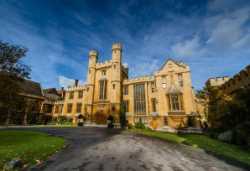 Lambeth Palace
London
Lambeth Palace
London
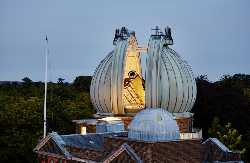 Royal Observatory Greenwich
London
Royal Observatory Greenwich
London
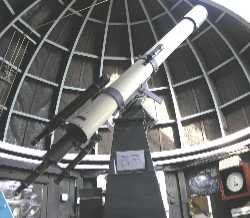 Hampstead Observatory
London
Hampstead Observatory
London
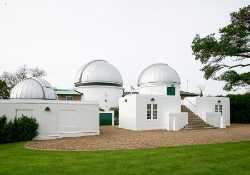 UCL Observatory
London
UCL Observatory
London
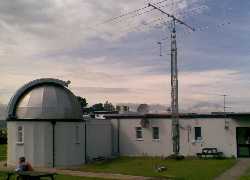 Norman Fisher Observatory
London
Norman Fisher Observatory
London
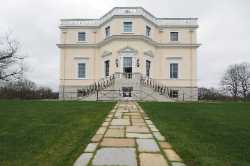 King’s Observatory
London
King’s Observatory
London
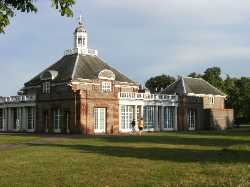 Serpentine Gallery
London
Serpentine Gallery
London
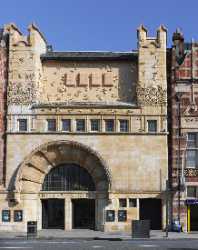 Whitechapel Gallery
London
Whitechapel Gallery
London
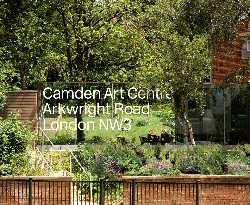 Camden Art Centre
London
Camden Art Centre
London
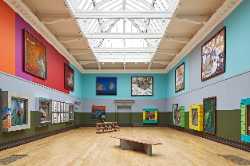 South London Gallery
London
South London Gallery
London
 The Photographers’ Gallery
London
The Photographers’ Gallery
London
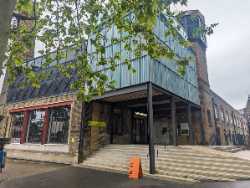 Goldsmiths Centre for Contemporary Art
London
Goldsmiths Centre for Contemporary Art
London
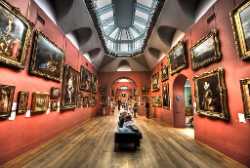 Dulwich Picture Gallery
London
Dulwich Picture Gallery
London
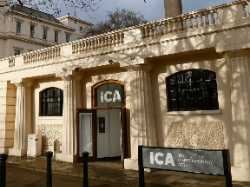 Institute of Contemporary Arts
London
Institute of Contemporary Arts
London
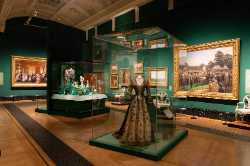 King’s Gallery
London
King’s Gallery
London
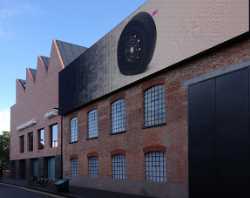 Newport Street Gallery
London
Newport Street Gallery
London